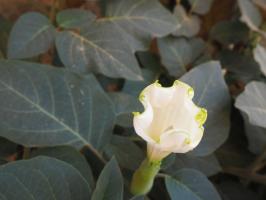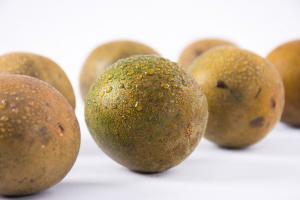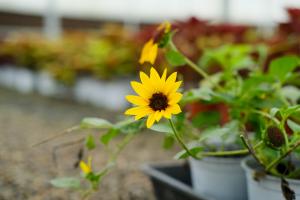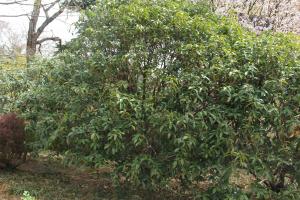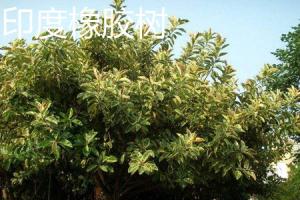Is Coconut Tree a Non-Flowering Plant?
The coconut tree, popularly known as the "tree of life," is an integral part of tropical regions globally. This species, also known as Cocos nucifera, provides a range of benefits ranging from food to building materials, drinks to health remedies. However, when it comes to the coconut tree's reproductive system, confusion and uncertainty have surrounded whether it is a flowering or non-flowering plant. This article aims to explore this question in-depth.
The Structure of a Coconut Tree
Before delving into the reproductive abilities of the coconut tree, one must first understand its structure. The coconut tree is a tall and slender plant with large, feathery leaves on the top. Initially, the young coconut tree has a smooth trunk, which gradually gains rough ridges as it grows up. The tree's flowers are contained entirely in spherical clusters located among the leaves' bases, known as inflorescences.
The Coconut Tree's Reproductive Process
The critical question is whether the coconut tree has flowers or not. Botanically, coconut trees indeed have flowers, contrary to popular beliefs. These flowers exist in the inflorescences, where a few bracts surround hundreds of small flowers, male and female. The male flowers are located near the top, while the female flowers grow at the bottom of the cluster. The flowers begin as buds called "spathes" that open, revealing the tiny flowers that are pollinated by the wind.
It is worth noting that the coconut tree's reproductive process varies from most flowering plants in terms of pollination. Instead of relying on insect-mediated pollination, the coconut tree depends on wind pollination, making it known as anemophilous. In the wind, the tree's male flowers produce millions of pollen grains that are carried by wind currents and fall on the female flowers at the base, leading to fertilization.
The Coconut Tree and Fruiting
Despite the coconut tree's reproductive process being different from most flowering plants, it is indeed a flowering plant. Fertilization of the female flowers leads to the development of the coconut fruit, which is a drupe that typically takes six to ten months to mature. The hard, brown outer shell of the coconut fruit is the most familiar part of the coconut, containing water, meat and protected shoots that can sprout new coconut trees.
Conclusion
In conclusion, the confusion surrounding whether the coconut tree is a flowering or non-flowering plant is long overdue for clarification. As shown, the coconut tree is indeed a flowering plant with small flowers pollinated by the wind, leading to the development of its fruit. It is essential to note that the coconut tree is anamorphic, meaning it changes its form in terms of growth, size and reproduction, depending on environmental factors. Therefore, botanists and researchers continue to broaden our knowledge of the coconut tree to uncover more of its marvels that have intrigued humans for centuries.

 how many times do yo...
how many times do yo... how many planted tre...
how many planted tre... how many pine trees ...
how many pine trees ... how many pecan trees...
how many pecan trees... how many plants comp...
how many plants comp... how many plants can ...
how many plants can ... how many plants and ...
how many plants and ... how many pepper plan...
how many pepper plan...
